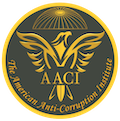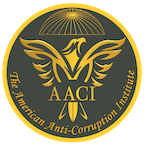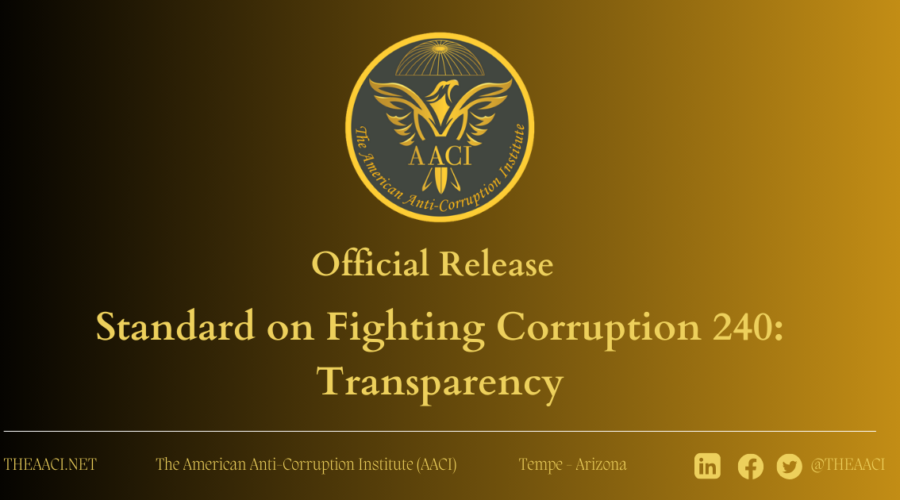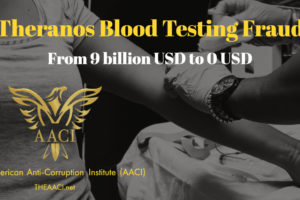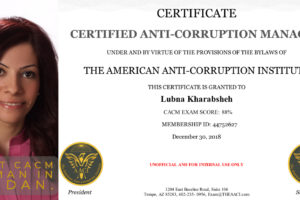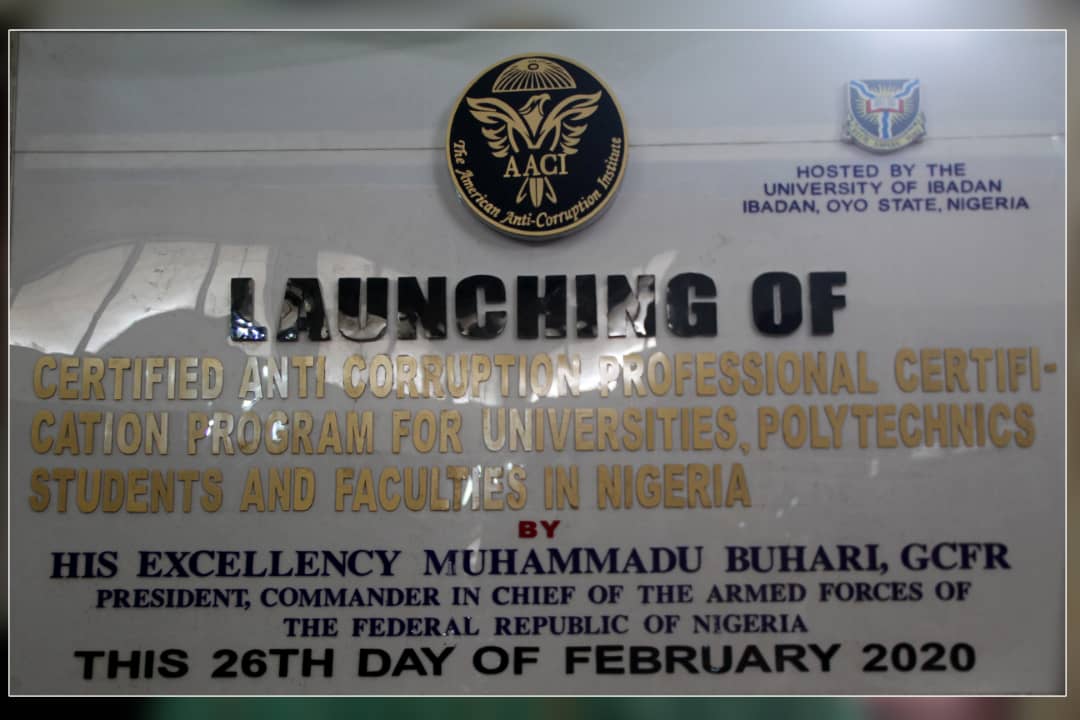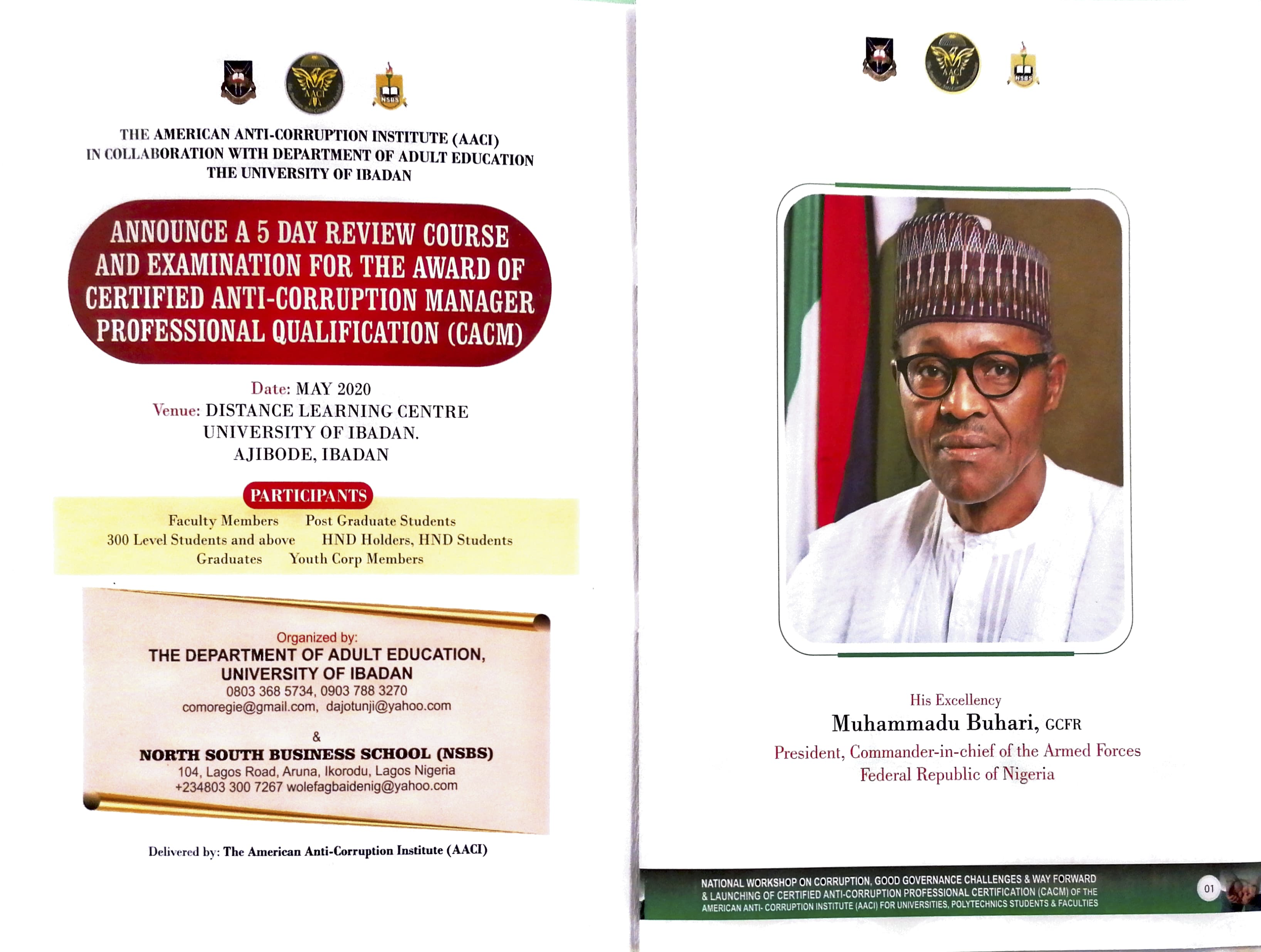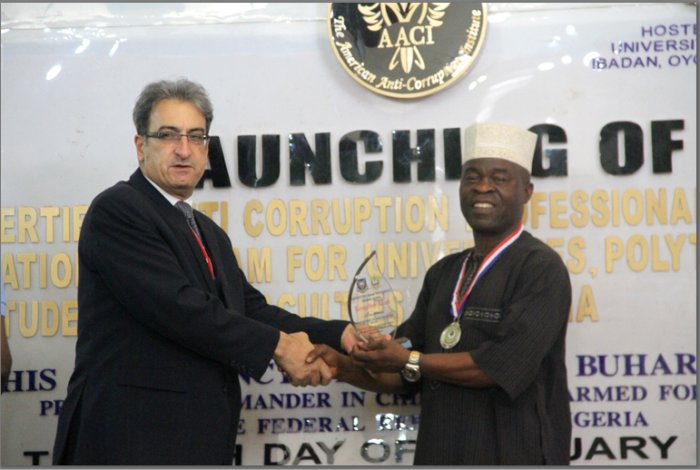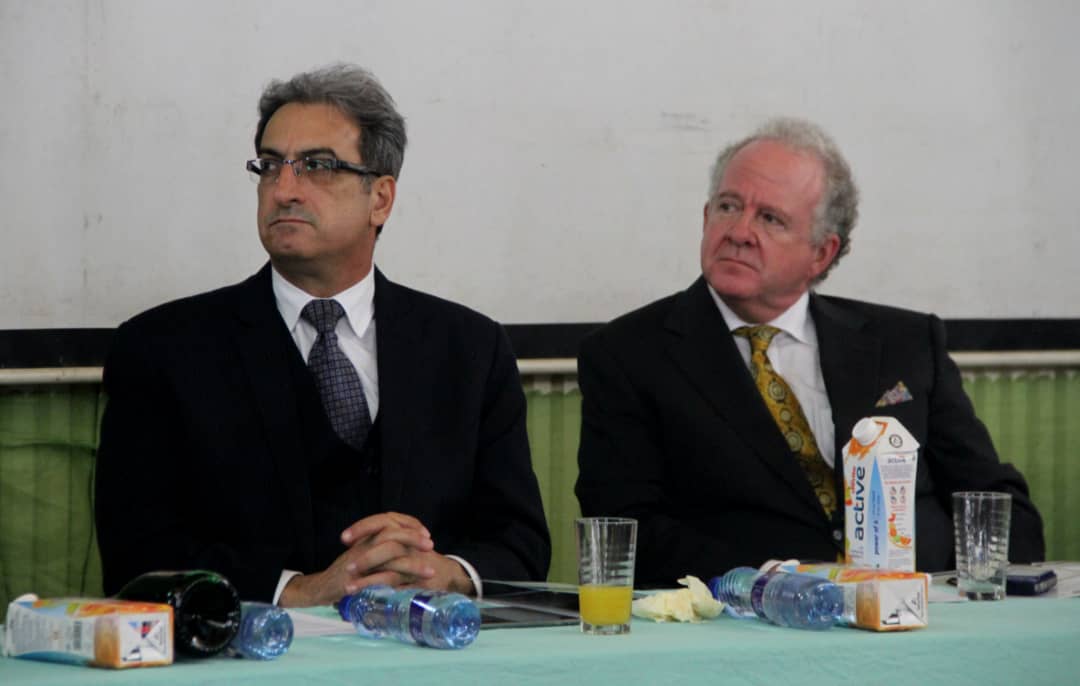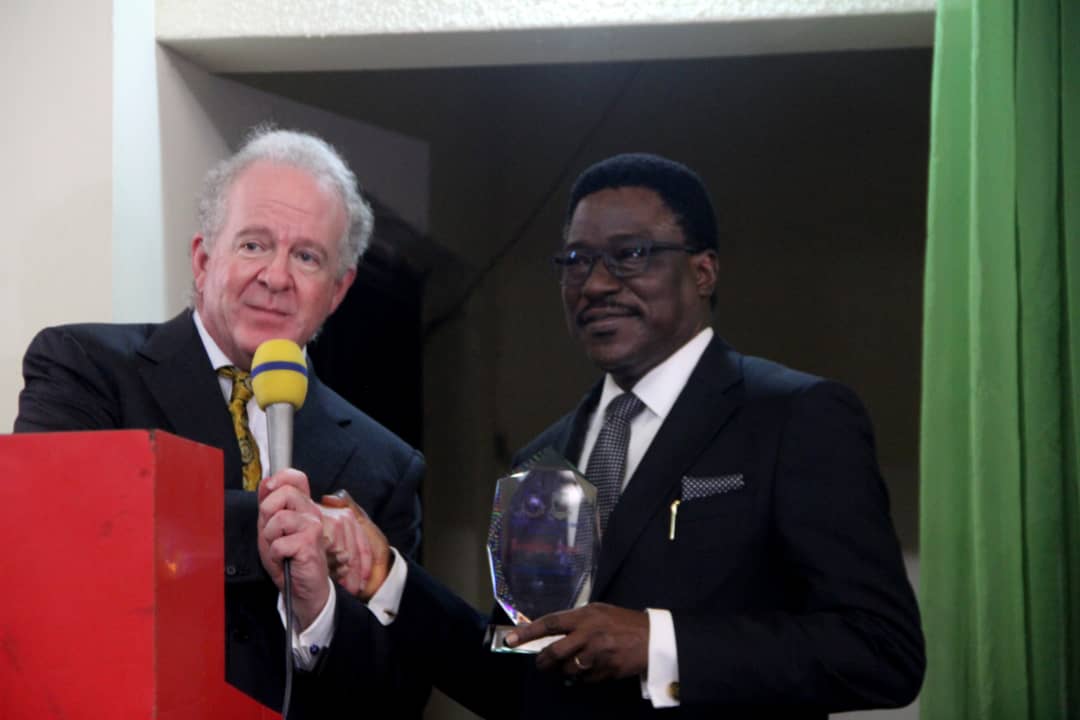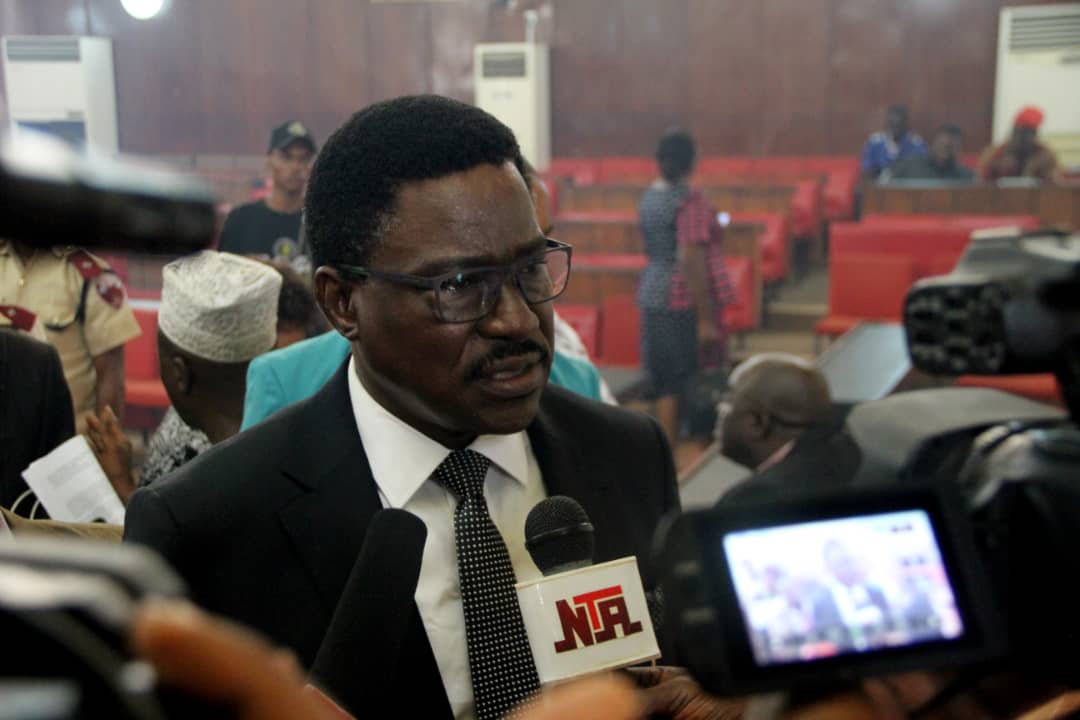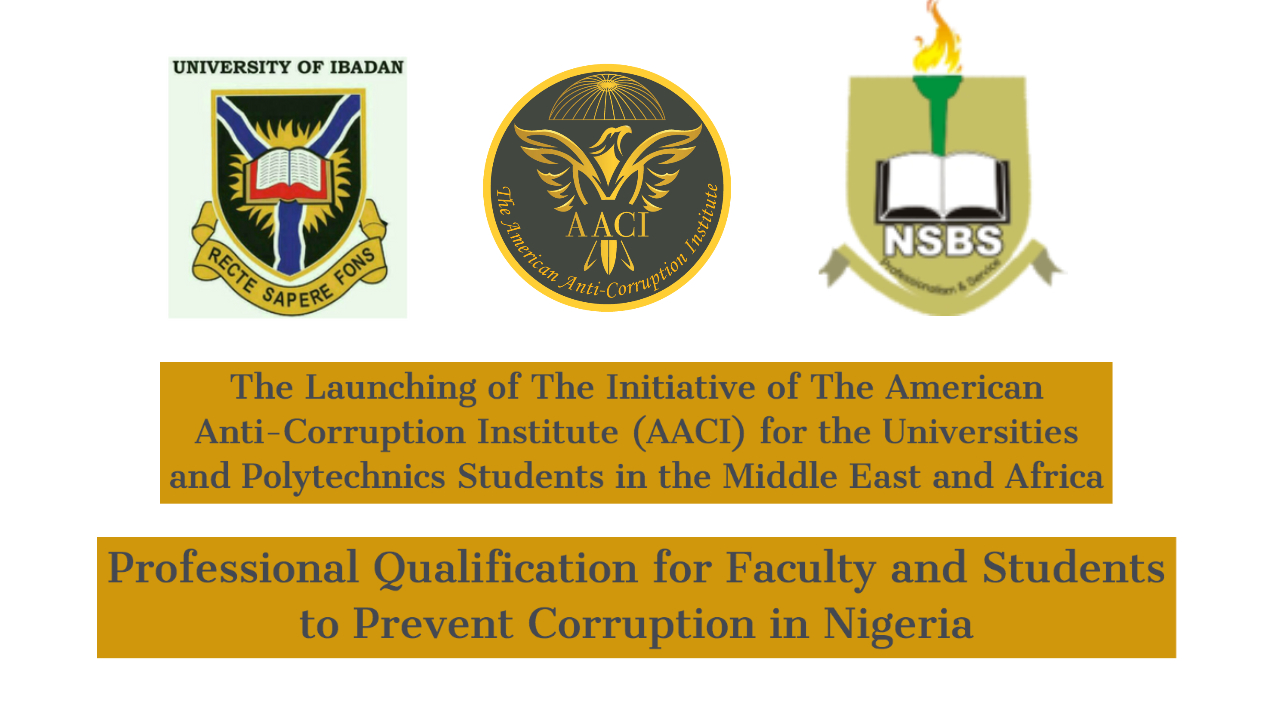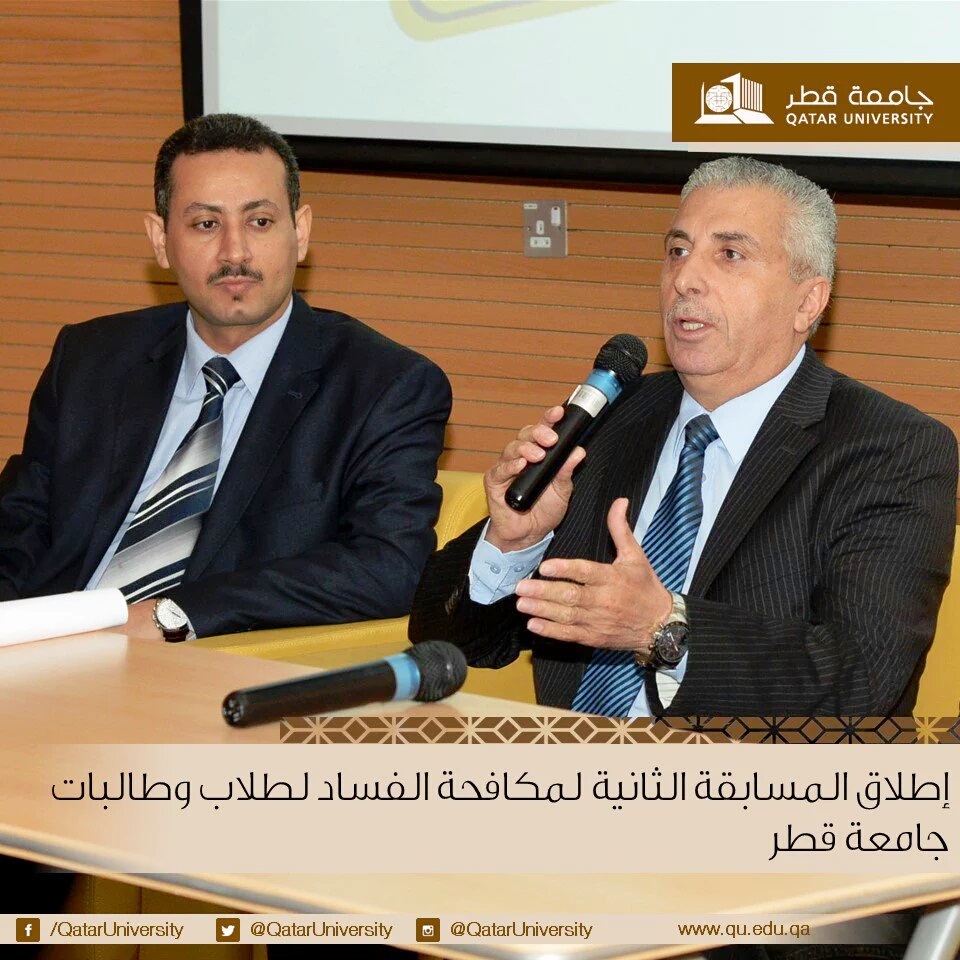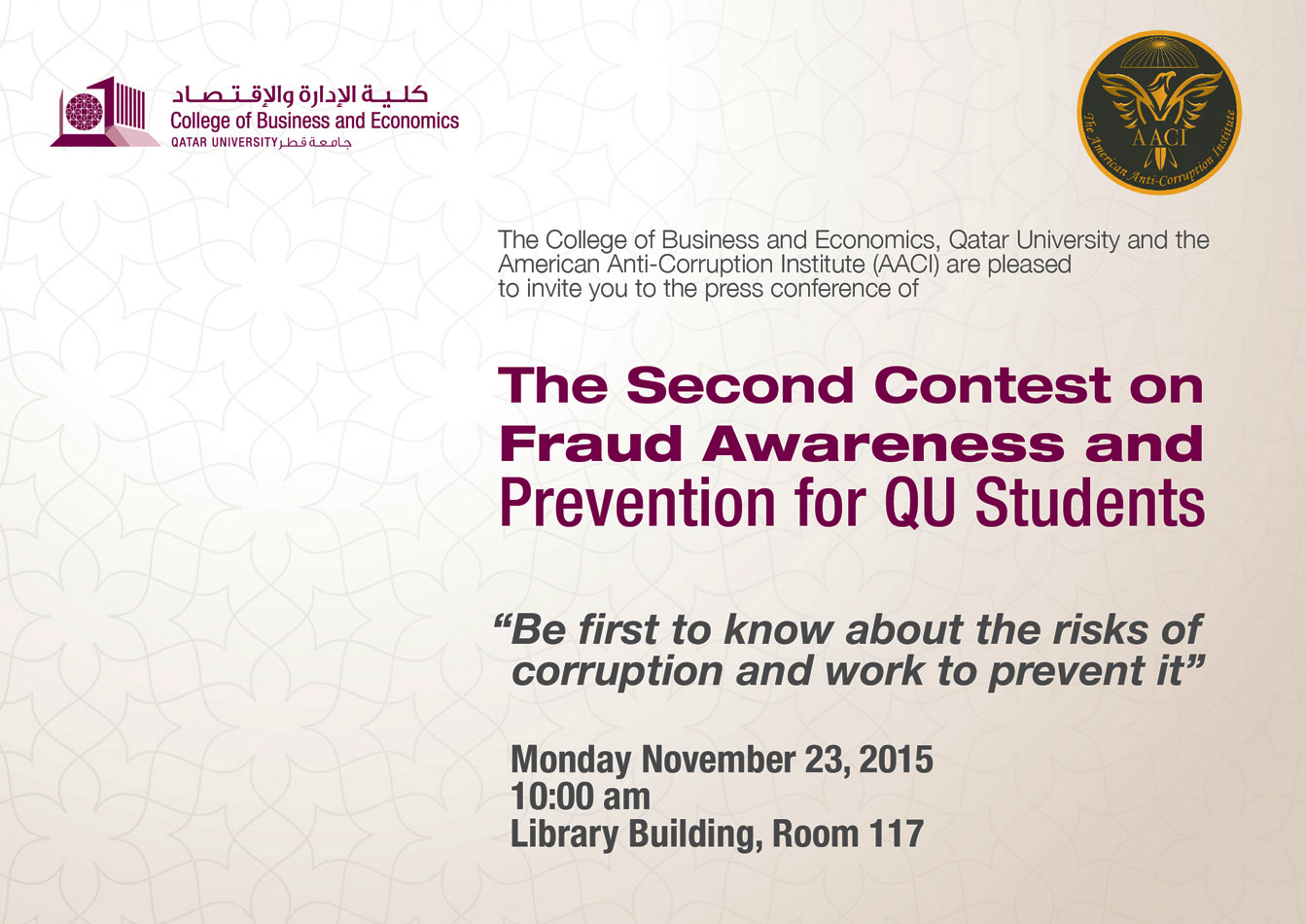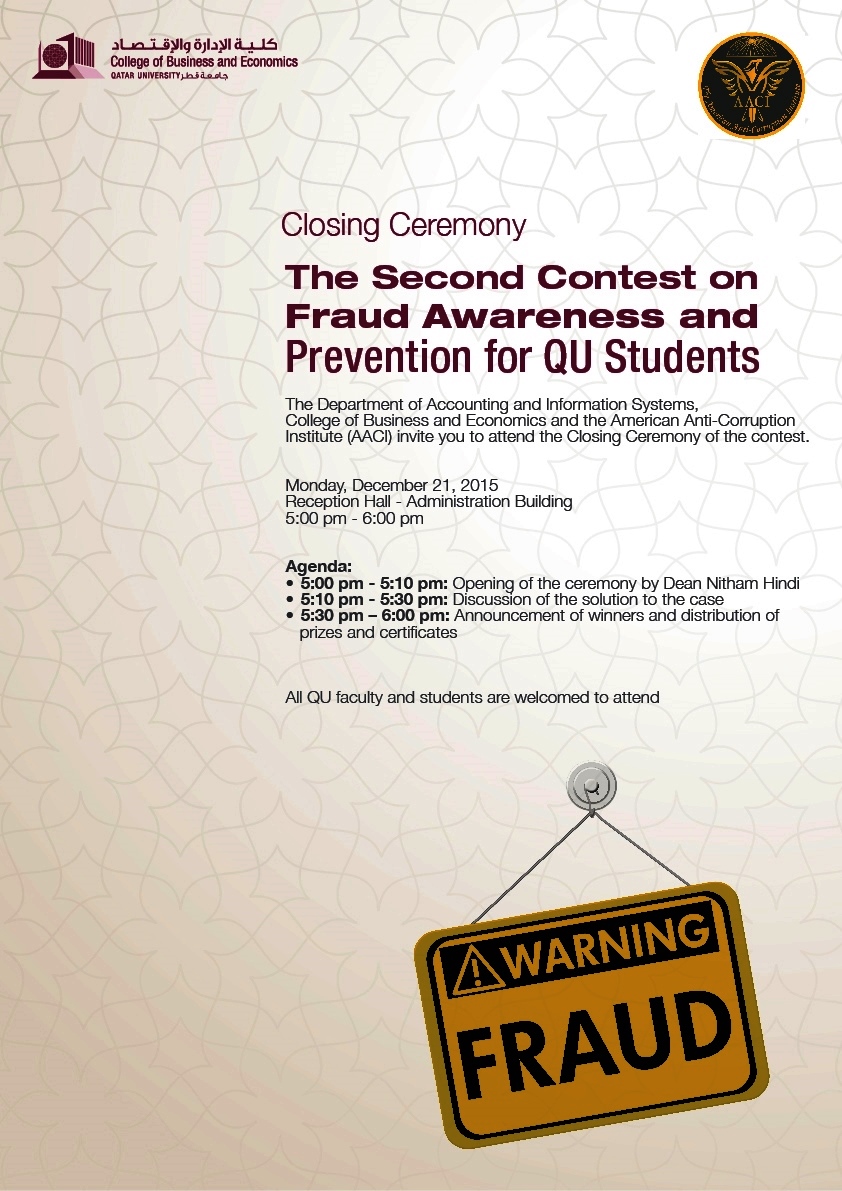OFFICIAL RELEASE
Technical Staff
October 15, 2023
Standards on Fighting Corruption (SFCs)
The SFCs are fundamental pillars and guidelines to help stakeholders implement the ten principles of fighting corruption and:
1. Promote consistent practice and behavior and facilitate effective responses to identified corruption risks.
2. Help management and other stakeholders to assess and evaluate the entity’s commitment to fighting fraud and corruption, and
3. Support international efforts in lowering corruption risks to acceptable low levels.
The American Anti-Corruption Institute (AACI) approved the issuance of the following SFC on October 15, 2023.
Standard on Fighting Corruption 240: Transparency
Introduction
Scope of this SFC
1. This Standard on Fighting Corruption (SFC) deals with transparency and its importance in the effective fight against fraud and corruption.
Effective Date
2. This SFC is effective for periods beginning or after January 1, 2024. We recommend earlier implementation.
Objective
3. Management and, where appropriate, those charged with governance shall:
a. Ensure the entity’s internal control, governance structure, and practices are transparent enough to deter fraud and corruption.
b. Motivate stakeholders to exercise their legal rights to access public information and make informed decisions.
Definitions
4. For purposes of the SFCs, the following term has the meaning attributed below:
a. Transparency is the legal ability of stakeholders to obtain timely, sufficient, and appropriate information to enable them to perform their duties and make informed decisions. (E1 – E3)
Requirements
5. Those charged with governance shall take all reasonable measures, in compliance with laws, rules, and regulations, to enable stakeholders to obtain relevant, timely, and quality information to support their decisions. (E4 – E5)
6. Transparency measures shall:
a. Enhance corruption deterrence, prevention, and detection
b. Support governance
c. Support monitoring the performance of public and private institutions
d. Lower the damages of corruption
e. Enhance the public’s trust in public and private institutions
7. Stakeholders should be aware of and understand their rights to access public information. They should also exercise their rights to support their decisions and direct their behavior. (E6 – E7)
8. There is an inverse relationship between transparency and public engagement in fighting corruption. However, the fundamental motivation for engaging the public is the public’s trust in government institutions. (E8)
9. Those charged with governance shall communicate the anti-corruption resilience of the organization with stakeholders at least once a year. The organization may use quantitative and qualitative measures to express its anti-corruption strength. Regulators are encouraged to request organizations to state what they do to lower corruption exposure to acceptable levels. An anti-corruption transparent organization discloses to its stakeholders its independently attested anti-corruption resilience. (E9 – E12)
10. Public officers shall disclose their financial position when they assume office and leave it, whether elected or appointed. They should also declare potential or actual conflicts of interest and take the necessary legal measures to eliminate them. The process of disclosure should provide reasonable assurance that it achieves its objectives. (E13)
11. Transparency ends at the boundaries of privacy and business secrets. Privacy laws determine the limits of confidentiality. (E14)
Explanatory Material
E1. The law shall enable stakeholders to make timely and informed decisions. The law shall also clearly state who the stakeholders are.
E2. The economics of transparency shows that there are two sides: supply and demand of information. Therefore, the concept of transparency is dynamic, not static. Whenever either party is unsatisfied with any information qualities, they can seek a legal change through the proper legal channels.
E3. The value of information depends on its timeliness, completeness, relevance, and adequacy. Late information loses its value. All the required information should be available for stakeholders to make proper decisions. Information is relevant if it is material: it may change a decision. Information is adequate when it satisfies the stakeholder’s needs.
E4. The executive branch of government and its ministries issue rules and regulations to implement the law to fulfill its transparency obligations. For example, citizens should have access to the annual public budget details and be able to compare the actual and budgeted amounts. Another example is stock market authorities require listed companies to submit annual audited financial statements.
E5. Public institutions or organizations should issue annual audited financial statements and make them available timely to stakeholders using all mediums of digital or traditional means.
E6. Those charged with governance are responsible for educating stakeholders about their rights to access information and evaluating the performance of public entities and officials. Civil society institutions should be pivotal in educating the public about their rights and duties in fighting corruption.
E7. When stakeholders do not know their rights, they cannot make informed decisions. As a result, transparency fails to achieve its objectives.
E8. When the corrupt ( individual, regime, etc.) deprives the public of its relevant transparency rights, transparency decreases while corruption increases. As a result, people become careless and disinterested in participating in the fight against corruption. As the public loses hope, social unrest may erupt.
E9. An entity (public, private, or non-profit) must publish an annual report on anti-corruption strengths and weaknesses and share it with those affected through digital and traditional media.
E10. The entity’s management should ensure that users of the annual anti-corruption report understand the successes and failures achieved over the past year.
E11. When regulators require entities to submit an annual report detailing what they did in the previous year to reduce corruption to acceptable levels, it will signal a genuine effort to institutionalize the fight against corruption.
E12. A transparent organization committed to fighting corruption should lend credibility to its assertions. We encourage those organizations to have an auditor attest to those assertions.
E13. The public officers’ statements of financial positions must include their assets and liabilities worldwide. We recommend that an independent party attest to those statements.
E14. Illegal acts cannot use privacy and confidentiality to shield or cover illicit deeds.
Notes
Principles of Fighting Corruption, Standards on Fighting Corruption (SFCs), Consultation Papers, Exposure Drafts, and other publications of The American Anti-Corruption Institute llc (AACI) are published and copyrighted by AACI or its Exam Unit.
The AACI does not accept responsibility for loss caused to any person who acts or refrains from acting in reliance on the material in this publication, whether such loss is caused by negligence or otherwise.
Copyright © 2023 by The AACI. All rights reserved. Written permission from The AACI is required to reproduce, store, transmit, or make other similar uses of this document or its contents on our websites or digital media, save for where the document is being used for individual, noncommercial purposes use only. Contact copyright@theaaci.com.
